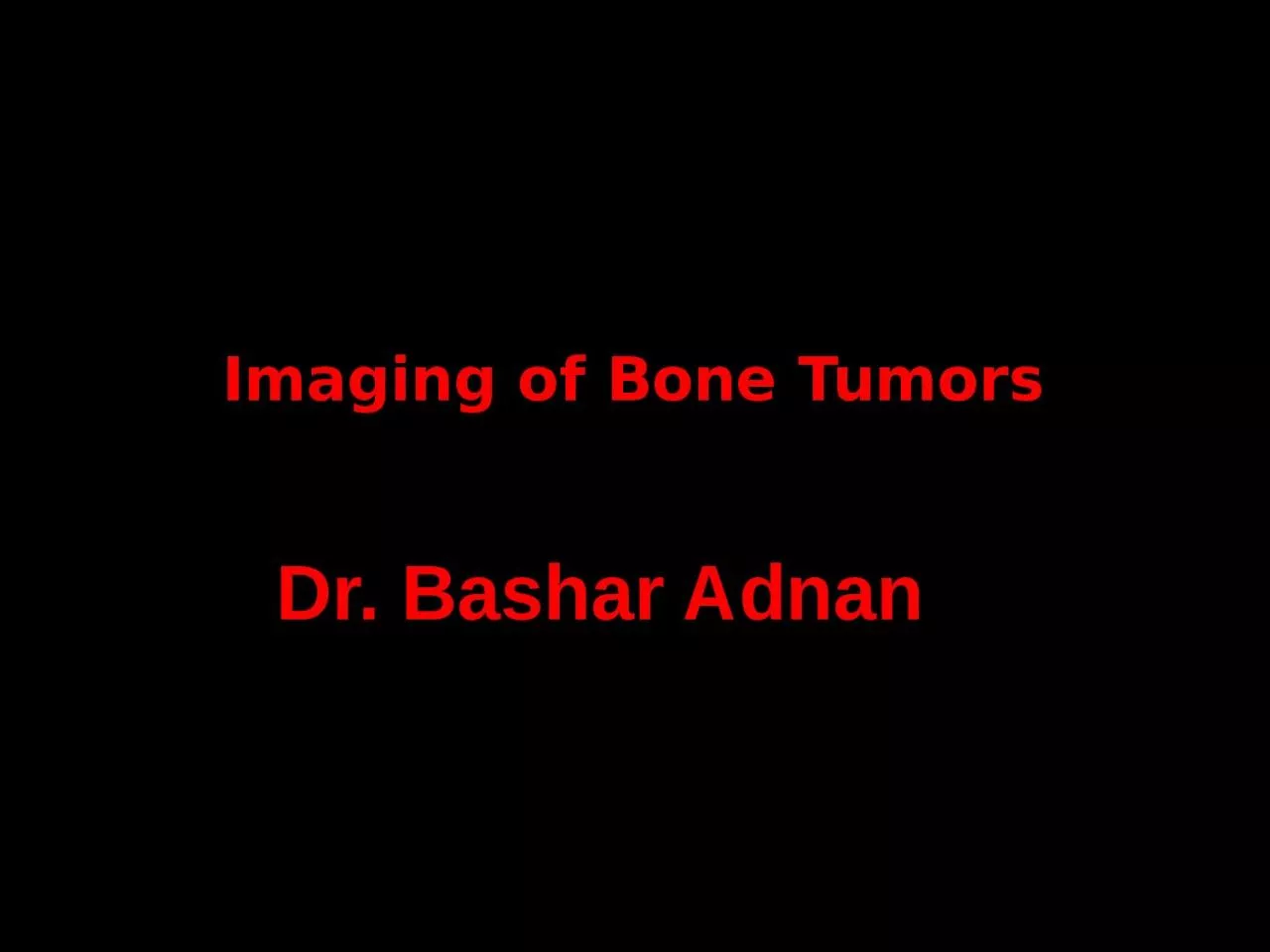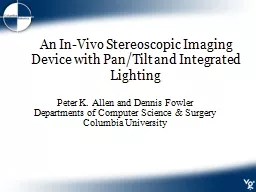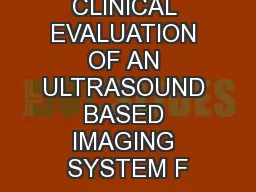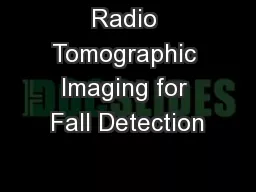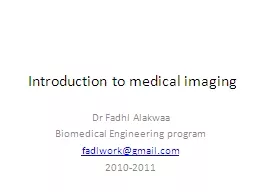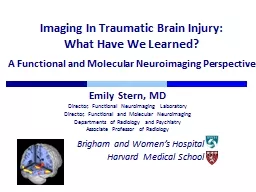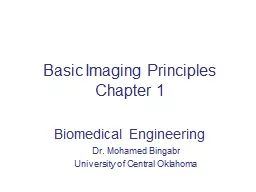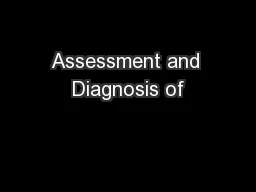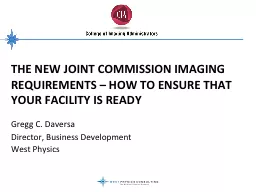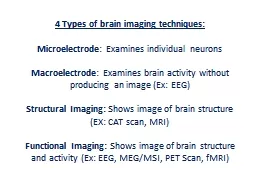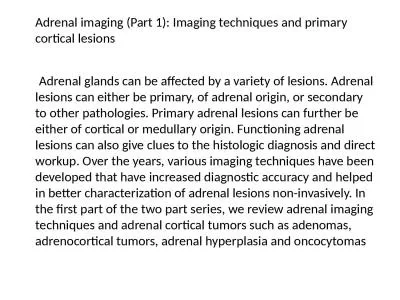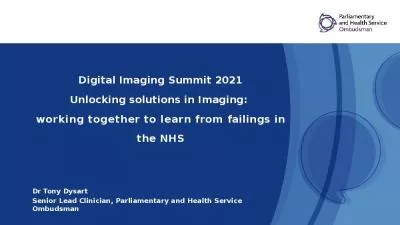PPT-Imaging of B one T umors
Author : dorothy | Published Date : 2023-11-20
Dr Bashar Adnan Forms 02 of human tumor burden Primary malig bone tumors make 1 of all malignant tumors Most have male predominance except GCT ABC Most common
Presentation Embed Code
Download Presentation
Download Presentation The PPT/PDF document "Imaging of B one T umors" is the property of its rightful owner. Permission is granted to download and print the materials on this website for personal, non-commercial use only, and to display it on your personal computer provided you do not modify the materials and that you retain all copyright notices contained in the materials. By downloading content from our website, you accept the terms of this agreement.
Imaging of B one T umors: Transcript
Download Rules Of Document
"Imaging of B one T umors"The content belongs to its owner. You may download and print it for personal use, without modification, and keep all copyright notices. By downloading, you agree to these terms.
Related Documents

